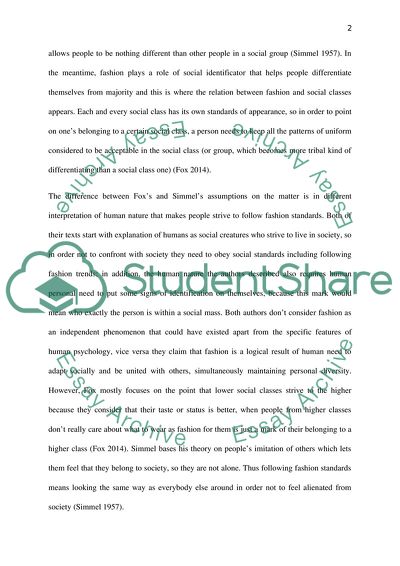Cite this document
(What Is the Role of Social Class in Fashion Assignment, n.d.)
What Is the Role of Social Class in Fashion Assignment. Retrieved from https://studentshare.org/social-science/1863245-what-is-the-role-of-social-class-in-fashion
What Is the Role of Social Class in Fashion Assignment. Retrieved from https://studentshare.org/social-science/1863245-what-is-the-role-of-social-class-in-fashion
(What Is the Role of Social Class in Fashion Assignment)
What Is the Role of Social Class in Fashion Assignment. https://studentshare.org/social-science/1863245-what-is-the-role-of-social-class-in-fashion.
What Is the Role of Social Class in Fashion Assignment. https://studentshare.org/social-science/1863245-what-is-the-role-of-social-class-in-fashion.
“What Is the Role of Social Class in Fashion Assignment”. https://studentshare.org/social-science/1863245-what-is-the-role-of-social-class-in-fashion.


